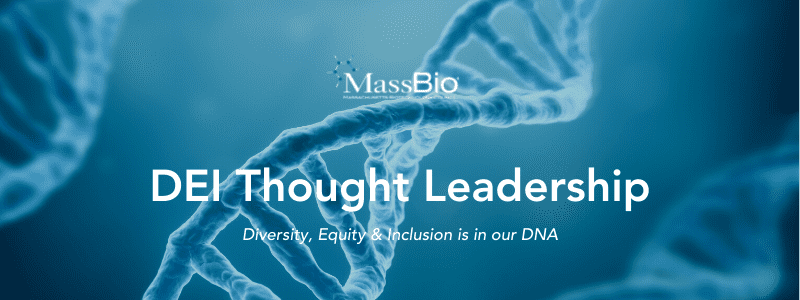
The internet is fundamentally designed to work for all people, whatever their hardware, software, language, location, or ability. When the internet meets this goal, it is accessible to people with diverse hearing, movement, sight, and cognitive abilities.
The impact of disability has radically changed on the internet because it removes barriers to communication and interaction that many people face in the physical world. However, when websites, applications, technologies, or tools are poorly designed, they can create barriers that exclude people from using the internet.
Web accessibility is not only ethical but also a sound business practice and a legal obligation. Accessibility is essential for organizations that want to create high-quality websites and web tools and not exclude people from using their products and services.
Economically, ignoring the disabled community means ignoring millions of potential customers with billions in purchasing power. For example, in the United States alone, the purchasing power of assistive-technology Internet users is worth more than $350 billion.
In many places, web accessibility is protected under various laws. In the U.S., the Workforce Rehabilitation Act of 1973 requires that all “electronic and information technology developed, procured, maintained, or used by the federal government be accessible to people with disabilities.”
Also, the Twenty-First Century Communications and Video Accessibility Act requires that advanced communications services and products be accessible by people with disabilities.
In terms of practical guidance for making websites and apps accessible, the widely accepted gold standard is the Web Content Accessibility Guidelines (WCAG). The Web Accessibility Initiative of the World Wide Web Consortium developed WCAG intending to create a shared standard for web content accessibility that can serve individuals, organizations, and governments worldwide.
Therefore, web accessibility means that websites, tools, and technologies are designed and developed so that people with disabilities can use them. More specifically, people can:
- perceive, understand, navigate, and interact with the Web
- contribute to the Web
Web accessibility encompasses all disabilities that affects access to the internet, including:
- auditory
- cognitive
- neurological
- physical
- speech
- visual
Web accessibility also benefits people without disabilities, for example:
- people using mobile phones, smartwatches, smart TVs, and other devices with small screens, different input modes, etc.
- older people with changing abilities due to aging
- people with temporary disabilities such as a broken arm or lost glasses
- people with situational limitations or impairments such as in bright sunlight or in an environment where they cannot listen to audio
- people using a slow Internet connection or who have limited or expensive bandwidth[1]
Understanding the importance of web accessibility is a moral and ethical obligation. Making the internet more accessible positively impacts and eliminates discrimination against those with disabilities. Optimizing your site to be fully accessible helps avoid costly litigations and provides practical benefits such as better search engine ranking, better conversion rate, repeat visitors, and more loyal users.
MassBio is proud to support Web Accessibility and Inclusivity for all with our accessible and ADA-compliant website!
If you are interested in learning DEI best practices, resources on planning and managing web accessibility, accessibility auditing methodologies or how to implement accessibility policies beyond ADA and CVAA, please contact our DEI team.
[1] https://www.w3.org/WAI/fundamentals/accessibility-intro/